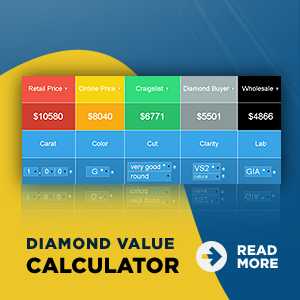
Alexandrite is #8.5 on Mohs scale and has excellent toughness. Sources are Brazil, East Africa, Russia, and Sri Lanka. Alexandrite is a rare chrysoberyl variety with chameleon like qualities. Its color is a lovely green in daylight or fluorescent light, but it changes to brownish or purplish red in the incandescent light from a lamp or candle flame. Alexandrite’s dramatic color change is sometimes described as “emerald by day, ruby by night.’ Other gems also change color in response to a change in light source, but this gem’s transformation is so striking that the phenomenon itself is often called “The Alexandrite Effect”
Abundant alexandrite deposits were first discovered in 1830, in Russia’s Ural Mountains. Those first alexandrites were of very fine quality.They displayed vivid hues and dramatic color changes. The gem was named after the young Czar, Alexander II. It caught the country’s attention because its red and green colors mirrored the Imperial Russian flag. The spectacular Ural Mountains didn’t last forever, and now most alexandrite comes from Sri Lanka, East Africa, and Brazil. However, people can still find some of the famed Ural Mountain alexandrites in estate jewelry. They remain the quality standard for this phenomenal gemstone. The newer deposits contain some fine quality stones, but many possess less precise color change and muddier hues than the 19th century Russian alexandrites. Due to its scarcity, especially in larger sizes, alexandrite is a relatively expensive member of the chrysoberyl family. It shares its designation as June birthstone with cultured pearl and moonstone.

Pearl is #2.5 to #4 on Mohs scale. Toughness is usually good, but variable due to aging, dehydration, and sometimes excessive bleaching during initial processing. Perhaps the best-loved gems of all time, their modern counterpart, cultured pearl, occur in a wide variety of colors. The most familiar colors are white and cream. The body color is often modified by additional colors called overtones, which are typically pink (called rose), green, purple, or blue, and some pearls show the iridescent phenomenon known as orient. Pearls are treasures from the Earth’s streams, rivers, lakes, seas, and oceans. They’ve always embodied the mystery, power, and life-sustaining nature of water. The spherical shape of some pearls also led to many cultures to associate this gem with the moon. In ancient China, pearls were believed to guarantee protection from fire and fire-breathing dragons. In Europe, they symbolized modesty, chastity, and purity. Pearl—natural or cultured—is a US birthstone for June together with alexandrite and moonstone. Cultured pearls are popular for bead necklaces and bracelets, or mounted in solitaire, pairs, or clusters for the use in earrings, rings, and pendants.

Moonstone/Feldspar is #6 to #6.5 on Mohs scale, it’s poor in toughness because of its cleavage. Moonstone ranges from semi-transparent to opaque. It is most often find it in cabochons and carvings, set in rings and pendants, as well as the popular beaded necklaces and bracelets. It’s usually colorless, white, or light bluish gray with white or blue adolescence. Other colors include light green, yellow, brown, and sometimes gray to black. The market supply is normally steady in sizes up to about 25 cts, with large stones available in limited quantities.







